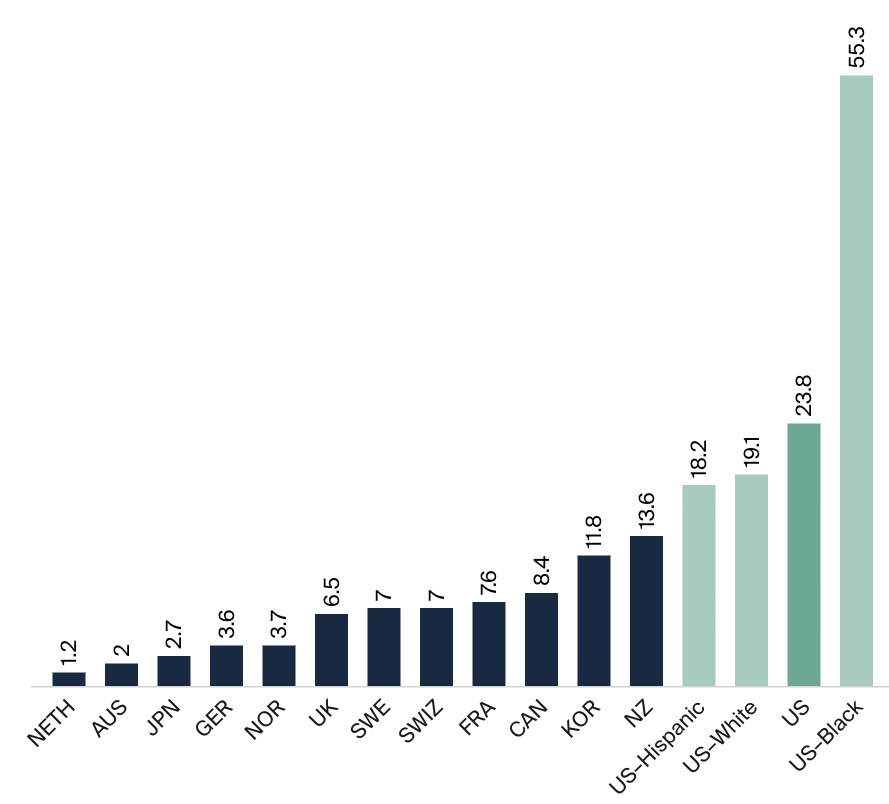בבא קמא לב,א
בעא מיניה רבה בר נתן מרב הונא המזיק את אשתו בתשמיש המטה מהו כיון דברשות קעביד פטור או דלמא איבעי ליה לעיוני
Rabbah bar Nassan asked Rav Huna this question: If a man injured his wife during sexual intercourse, what is the law regarding his liability? Do we say that since he is acting with permission of his wife, he is not liable? Or perhaps we say that he should have been more careful to avoid injuring his wife, and therefore he is liable to pay her damages? (Bava Kama 32a)
In the daf we will learn tomorrow, the Talmud records a series of legal precedents to help decide this perplexing question, and concludes that a wife does not have any legal culpability in causing her injury, however active or passive she may have been. Therefore, the husband is legally deemed responsible for damages and must compensate his wife, which is codified in the authoritative Code of Jewish Law (שולחן ערוך אבן העזר סימן פג ,ב).
Intimate Injures in the Medical Literature
The Talmud’s case discussion is not simply theoretical. Injuries during consensual sexual intercourse are not uncommon, and over the years I’ve treated several in the emergency department. Because of sexual taboos however, the amount of scientific knowledge in this area has been very limited, particularly regarding the female. In one (very small) study, about 5% of women reported an injury after consensual intercourse, compared with 41% of the woman who were forced to have non-consensual intercourse.
A more recent study from the University of Manchester in England evaluated genital injuries in a cohort of 68 women who had recently had consensual penile-vaginal intercourse, and compared them with a group of 500 women who had been victims of non-consensual penile-vaginal intercourse. Of the 68 women, one (1%) had a single injury, and three (4%) had more than one injury. One woman had a laceration, another had an abrasion, and a third had bruising. The posterior fourchette was the most commonly injured area both in women who had consensual intercourse and those in whom intercourse was not consensual.
Another study, from emergency medicine researchers, looked at the rates of genital injury in adolescents (aged 13-17) who had either consensual (51 women) or non-consensual (204 women) sexual intercourse. They found rates far higher than the Manchester study: anogenital trauma was documented in 73% of adolescent females after consensual sexual intercourse (versus 85% of victims of sexual assault). The researchers helpfully add that several predisposing factors have been suggested: “first coitus, rough or hurried coitus, intoxication, variant coital positions, anatomical disproportion, mental factors (fear of discovery), postmenstrual state, and clumsiness.” (Really. Clumsiness.)
Men Too
Rabbah bar Nassan’s legal question concerned only the husband causing damage to his wife, and does not address another kind of coital injury: that caused of husband. One of these injuries is a penile fracture, and over the last six decades about 1,330 cases have been reported in 183 medical publications. I’ve treated these too. But don’t worry: they are a lot worse than they already sound. Sexual intercourse is the most common cause, and inexplicably, “more than half of the [reported] cases are from Mediterranean countries including Turkey.” Here, for example, is a case in the Asian Journal of Urology published last June:
A 54-year-old male presented to the emergency department with penile injury. The trauma occurred when the patient was having sexual intercourse with his wife at around 2 o’clock in the early morning. His wife kneeled forward and he penetrated from behind. The patient then accidentally collided his penis into his wife’s buttocks. He felt a popping sensation and reported rapid detumescence followed by severe penile pain and hematoma formation.
And here are the causes and complications of a fracture of the penis in 32 unhappy men treated in the Department of Urology in Tehran.
Asgari, MA. Hosseini, SY. Safarinejad, MR. et al. Penile Fractures: Evaluation, therapeutic approaches and long-term results. The Journal of Urology 1995: 155; 148-149.
Rabbah bar Nassan asked only about the rights of a wife to claim compensation for intimate injuries from her husband. But he might well have asked the question about compensation for the husband. In this age of equality, it seems only fair.
שולחן ערוך אבן העזר הלכות כתובות סימן פג סעיף ב
המזיק את אשתו בתשמיש המטה, חייב בנזקיה











